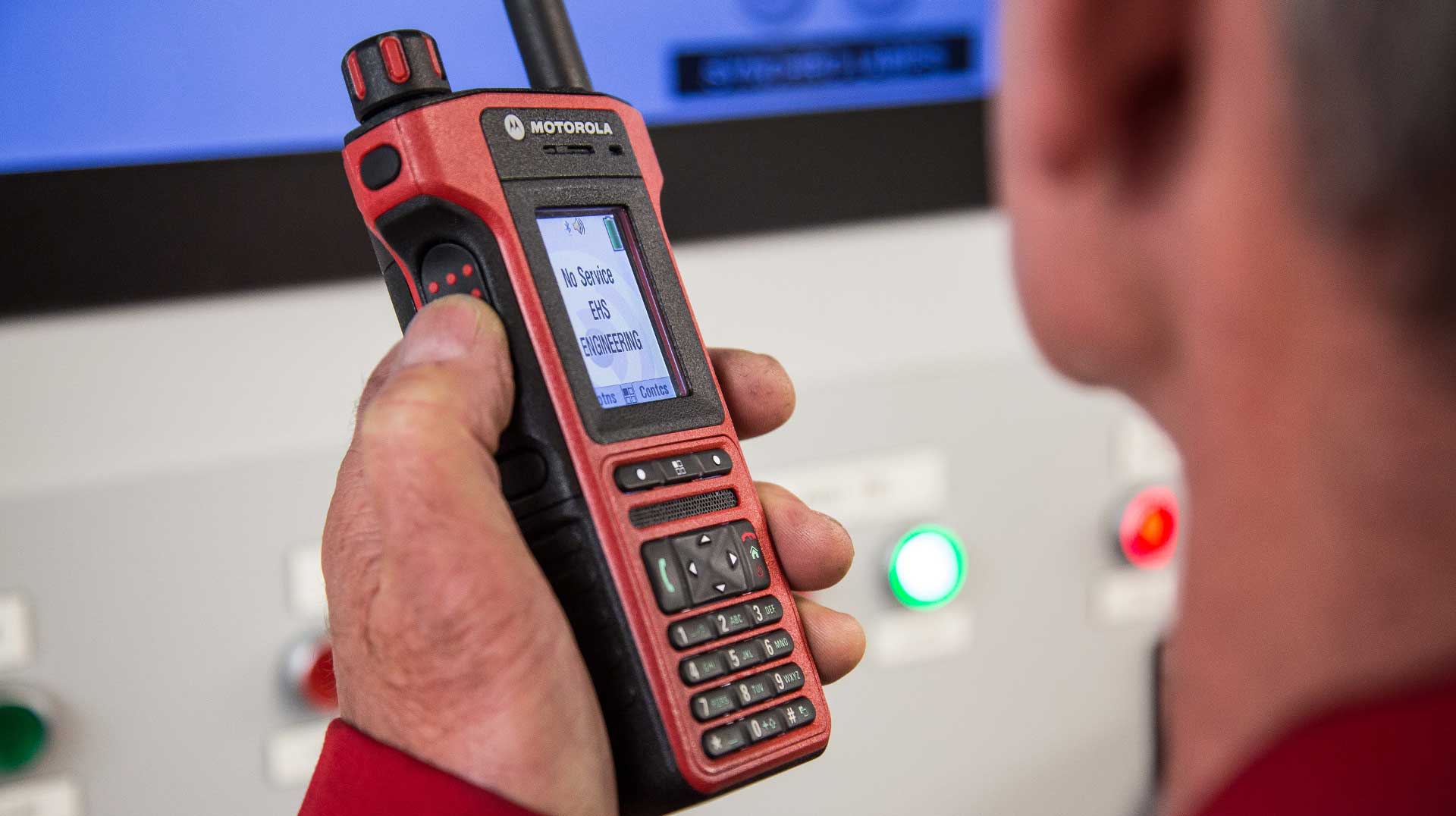Today you can order a pizza or call a ride sharing service from your mobile device, and they know exactly where you are. But that’s not always the case when you call 9-1-1.
When you place a wireless 9-1-1 call, most people are surprised to learn that the PSAP (Public Safety Answering Point) may not know exactly where you are; or, the 9-1-1 PSAP your call is answered by is not actually the PSAP that covers the location you are calling from. The 9-1-1 telecommunicator may not receive your exact location with your voice call, and may have to transfer you to another PSAP before your emergency request can get a response.
That’s because legacy call routing technology does not use the caller’s location to route a 9-1-1 call to a PSAP for response. Instead, calls made on your mobile device are routed by the wireless carrier you subscribe to, based upon the cell antenna coverage area that your device is connected to at the time of the call – not your actual location.
The problem is that the cell tower could be up to a few miles from your location and many miles from the PSAP that can respond to your call. The result is a misrouted 9-1-1 call. It is estimated that 12 percent of the 192 million wireless 9-1-1 calls made annually are sent to the incorrect PSAP, requiring the agency to transfer the misrouted calls to the correct PSAPs for response. This transfer itself can add an average of 40 seconds to the 9-1-1 call processing time. The difference between life and death in a 9-1-1 call can be seconds. Every second counts.
It’s Complicated
There are multiple entities and different technologies involved in routing a 9-1-1 call which means today’s process for the caller is not seamless.
The technology for 9-1-1 call routing is changing from legacy (i.e., using the closest cell tower antenna for your location) to Next Generation 9-1-1 (where your call is routed based upon your location). As such, the entities are using a combination of legacy and Next Generation 9-1-1 technology. Let’s identify the entities and their roles. As we look at the diagram below, it’s helpful to know the following terminology.
- Legacy call routing – 9-1-1 calls made on your mobile device are routed by the wireless carrier you subscribe to, based upon the cell tower antenna coverage area that your device is connected to at the time of the call. Legacy routing has no ability to receive location with the call from the OSP.
- Next Generation call routing (NGCS – Next Generation Core Services) is designed to receive location with the call. NGCS comprises the NG9-1-1 functional elements that enable the NENA (National Emergency Number Association) i3 architecture for location-based call routing. It includes the ECRF (Emergency Call Routing Function) and ESRP (Emergency Services Routing Proxy) referred to in the diagram below.
- The i3 standard, developed by public safety professionals. Describes protocols, interfaces and systems required to ensure interoperability in NG9-1-1.
- Phase I Location – the location of the nearest cell tower to the caller’s cell phone.
- Phase II Location – the latitude and longitude coordinates of the caller’s cell phone.
Who’s Who

This diagram shows the different entities involved in receiving, managing and routing a 9-1-1 call.
It’s important to note that the OSP (Originating Service Provider) and NGCS provider are not the same. The OSP is a wireless carrier.
Another important note: the NENA i3 end-state architecture assumes the OSP will provide the caller location at the time the call is presented to the NGCS system for routing. However, at this time, no OSP in the U.S. delivers location to the NGCS provider, with the call. OSPs are under no mandate by the Federal Communications Commission (FCC) to deliver the location with the call.
Solving the Problem
To compensate for the absence of not receiving location from the OSP, Motorola Solutions is fulfilling the promise of i3 by using location to more accurately route all 9-1-1 calls using the NGCS elements. We have eliminated legacy call routing methods and implemented the NENA i3 end state architecture. An example is Prince George’s County, Maryland, just east of Washington D.C., where Motorola Solutions is delivering location with every call. Prince George’s County averages 75,000 9-1-1 calls a month.
The diagram below walks through the process.

The Process
1 Caller dials 9-1-1.
2 Call is received by the caller’s wireless carrier.
3 OSP routes call to NGCS provider based on the nearest cell tower antenna of caller’s device.
4-5 If/when the location is not provided with the call by OSP, Motorola Solutions obtains the caller location from our Location Database (LDB) at the time the call is received.
6-7 The location is then used to query the ECRF for the PSAP destination.
8 The ESRP consults the Policy Routing Function (PRF), and the call is routed to the destination PSAP
Clarification
There is no requirement from the FCC that dictates the technology OSPs must use to determine location of their subscribers. The OSPs determine the location technology which may differ on a per-call basis.
Conclusion
Telecommunicators tell us that identifying that caller’s location is the hardest part of their job. Motorola Solutions’ NENA i3 location-based routing is helping public safety agencies eliminate this problem from today’s 9-1-1 call routing process to save seconds and ultimately save lives.
Learn more about Motorola Solutions NGCS location-based routing.
For more information, visit us at motorolasolutions.com/ng911




